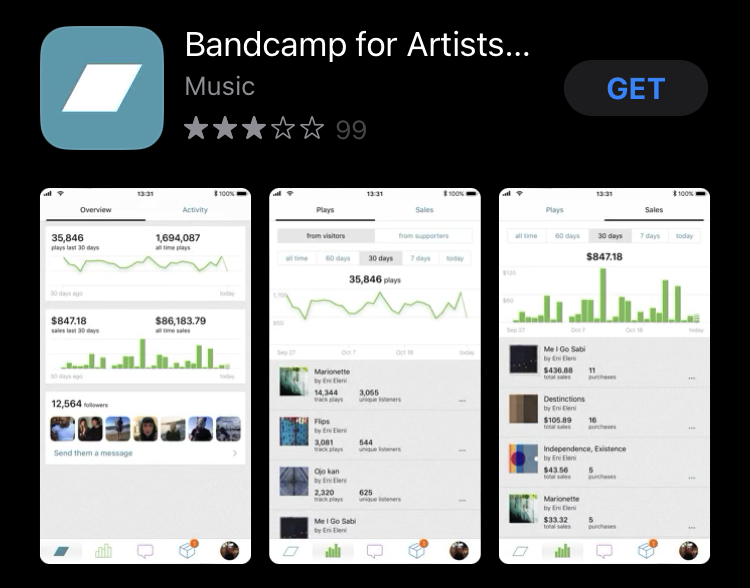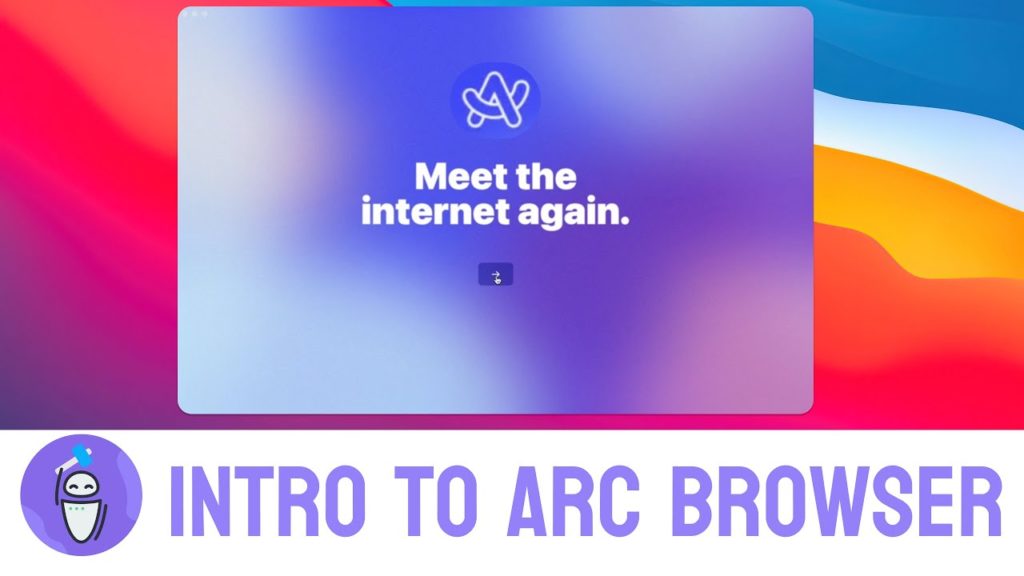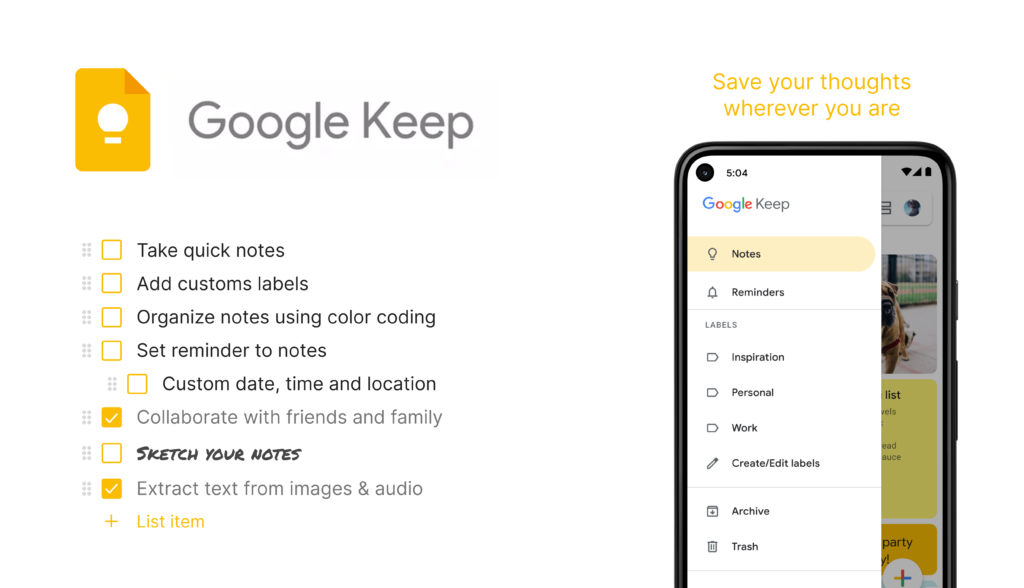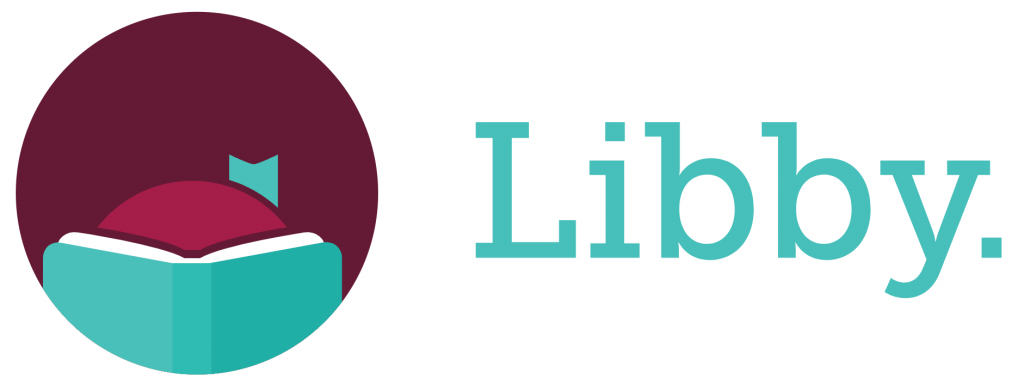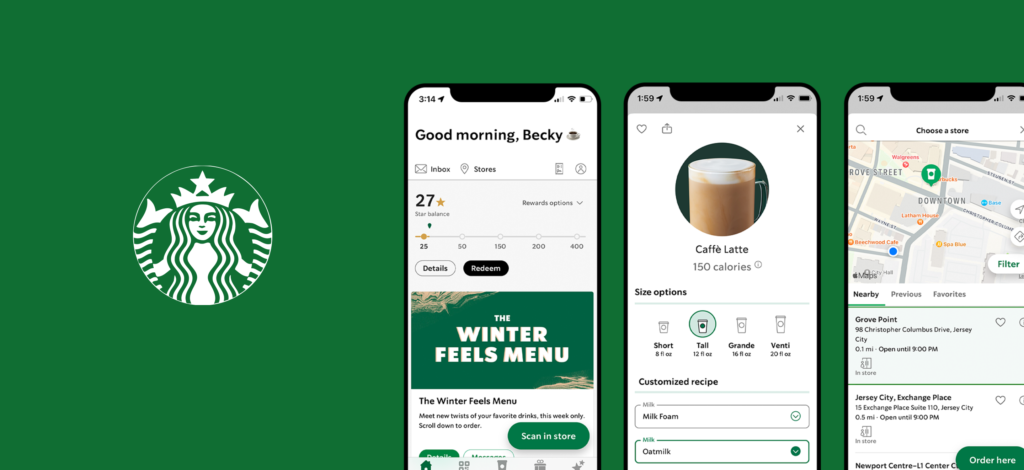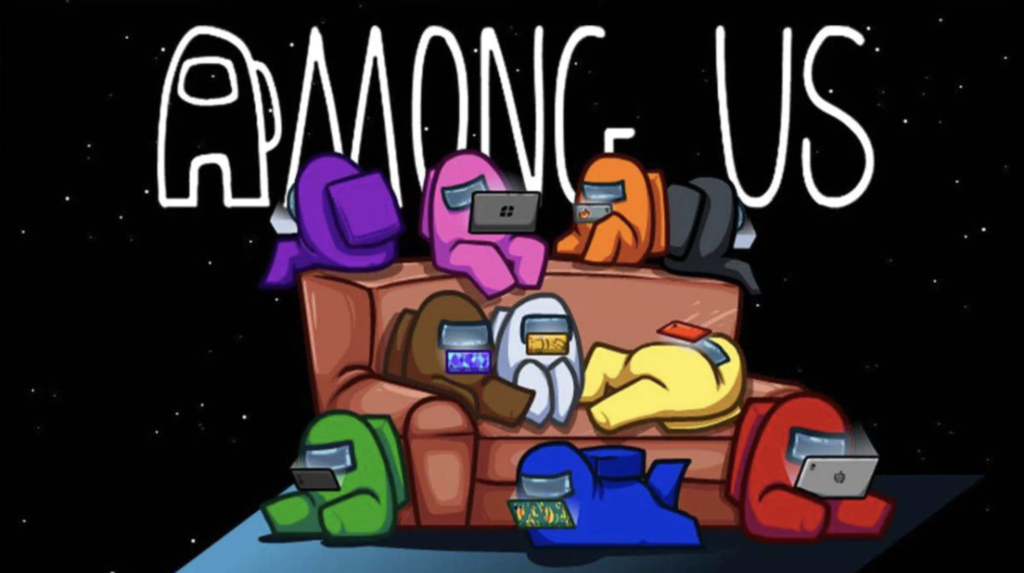Design Critique: Bandcamp (iOS App)
Bandcamp is an online record store, music community, and streaming service known for supporting independent artists with favorable profit splits and flexible pricing options. It enables fans to purchase artists’ albums digitally and physically as vinyls, tapes, and CDs. The platform also hosts merchandise like shirts and hats. There are social features which allow fans […]
Design Critique: Bandcamp (iOS App) Read More »
